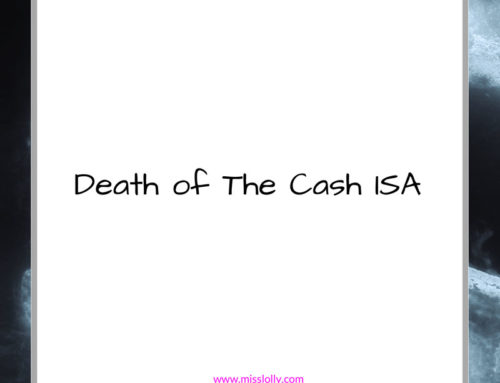When investing client’s money, one of the first things we talk about is whether the client would prefer to invest actively or passively and the costs involved. Very rarely do clients know the difference so here is what you need to know.
What is an Investment Fund?
A typical investment fund combines the money of many investors in one place. Sometimes these funds can have hundreds of millions of pounds in them. Sometimes even more!! There is a fund manager who is in charge of the investments that are bought and sold, and they are supported by investment analysts who provide the research and data that they need to make informed decisions.
Funds tend to invest in many stocks and shares that are suitable for the fund’s profile. For example, if it is a USA fund it will invest only in USA investments. If it is a European fund, it will focus on Europe.
Some fund managers do a great job and consistently provide excellent returns for investors. However, like anything, there are also the bad ones. However, the bad ones can still have a lot of money in them. People tend to buy and forget or don’t know how to check.
What Is An Active Fund?
An active fund is run by an investment manager. That investment manager believes that they are worth the fees that they are being paid because they can outperform the market due to skill, knowledge and whether or not they would admit it, perhaps a bit of luck thrown in too. It is very common for these funds to cost 0.75%. However, some cost more and some cost less.
What Is A Passive Fund?
A passive fund tracks the market. So if the market goes up, it will too. If it goes down, it will too. The argument for a passive fund is that no one person can continually outperform the market where there is freedom of knowledge and information. As there is very little human input in this investment strategy, passive funds are very cheap to run and as a consequence often cost less than 0.3% each year.
So Which Is Best?
Statistically over the long term a passive investment approach should outperform an active investment approach because less money is spent on fees and as mentioned before no one can continually outperform the market.
As to which is best, it really depends on you and your attitude to risk and also how much money you have.
Often when clients are starting out investing for the long term, I will use a passive approach because there isn’t much money in the investment at the beginning. Therefore fees are eroding less of the pot.
Sometimes, if a client has their retirement planning with me and also an ISA, we may invest their long-term money (i.e. pension) passively and their Isa (more medium term money) actively. That way we are diversifying strategies too.
Finally, often clients have a personal preference based on what they have always done and don’t want to change.
Last But Not Least
The most important bit for me is that you educate yourself as much as possible and understand what you are actually invested in. According to the FT Money this weekend, 9/10 investors using the UK’s largest retail broker, do not hold a single passive fund in their portfolio. Often, despite high fees and sometimes bad performance.
According to S&P Dow Jones Indices (a data provider), 86% (in March 2016) of actively managed funds in Europe underperformed their benchmark in the last decade.
So why not see how you are invested in your pension (yes your work pension counts too if it’s not Final Salary/Defined Benefit). I like to usewww.trustnet.com to get a snapshot of how a fund has performed.
Lots of Love
Miss Lolly xx
p.s. the AMC (annual management charge) of a fund doesn’t always show you the true cost to you of having that fund. Call up your provider and ask what the TER (total Expense Ration) is instead.






[…] I have been meaning to write for such a long time! Regularly when I am helping clients with their investment and pensions, I ask them “and who will get this to if you die?” They often shrug their […]